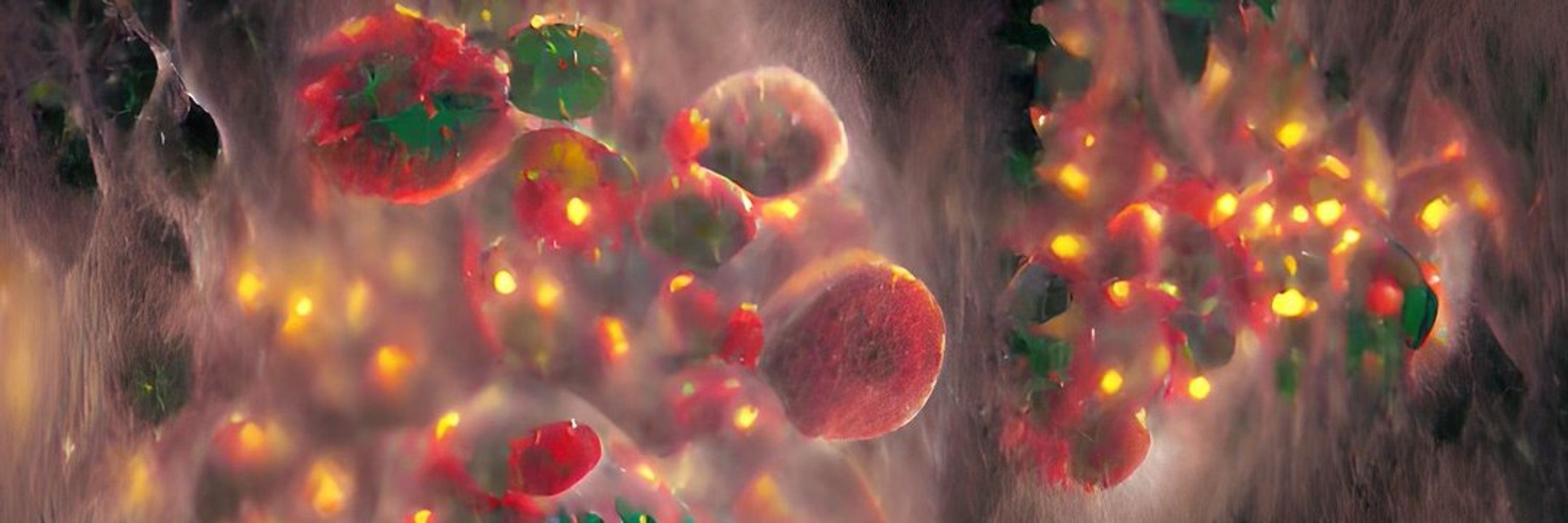Paul Beales
@bealeslab.bsky.social
220 followers
310 following
46 posts
Professor of Soft Matter & Biophysics. Membranes, vesicles, medical applications, artificial cells. Interdisciplinary science education. Art-science interface.
Posts
Media
Videos
Starter Packs
Reposted by Paul Beales
Paul Beales
@bealeslab.bsky.social
· Apr 27
Paul Beales
@bealeslab.bsky.social
· Apr 26
Paul Beales
@bealeslab.bsky.social
· Apr 26
Paul Beales
@bealeslab.bsky.social
· Apr 8
Paul Beales
@bealeslab.bsky.social
· Apr 8

Some scientists are taking a DIY coronavirus vaccine, and nobody knows if it’s legal or if it works
Famed geneticist George Church and at least 20 others didn’t want to wait for the results of clinical trials: “I think we are at much bigger risk from covid.”
www.technologyreview.com
Paul Beales
@bealeslab.bsky.social
· Mar 31
Paul Beales
@bealeslab.bsky.social
· Mar 25
Paul Beales
@bealeslab.bsky.social
· Mar 19
Paul Beales
@bealeslab.bsky.social
· Mar 12
Paul Beales
@bealeslab.bsky.social
· Mar 12
Paul Beales
@bealeslab.bsky.social
· Mar 11
Paul Beales
@bealeslab.bsky.social
· Mar 9
Paul Beales
@bealeslab.bsky.social
· Mar 9
Paul Beales
@bealeslab.bsky.social
· Mar 4

Membrane Transport Modulates the pH-Regulated Feedback of an Enzyme Reaction Confined within Lipid Vesicles
Understanding ion transport dynamics in reactive vesicles is pivotal for exploring biological and chemical processes and essential for designing synthetic cells. In this work, we investigate how proton transport and membrane potential regulate pH dynamics in an autocatalytic enzyme reaction within lipid vesicles. Combining experimental and numerical methods, we demonstrate that compartmentalization within lipid membranes accelerates internal reactions, attributed to protection from the external acidic environment. In experiments, we explored how proton movement significantly impacts internal reactions by changing bilayer thickness, adding ion transporters, and varying buffers. Numerical investigations incorporated electrical membrane potential and capacitance into a kinetic model of the process, elucidating the mechanisms that dictate the control of reaction time observed in the experiment, driven by both electrical and chemical potential gradients. These findings establish a framework for controlling pH clock reactions via membrane changes and targeted manipulation of proton movement, which could aid in the design of synthetic cells with precise, controlled functionalities.
doi.org
Paul Beales
@bealeslab.bsky.social
· Mar 4
Paul Beales
@bealeslab.bsky.social
· Mar 4
Paul Beales
@bealeslab.bsky.social
· Feb 19

Solid-supported polymer–lipid hybrid membrane for bioelectrochemistry of a membrane redox enzyme
Hybrid membranes, consisting of phospholipids and amphiphilic block polymers, offer enhanced stability compared to liposomes and greater biocompatibility than polymersomes. These qualities make them a...
pubs.rsc.org











